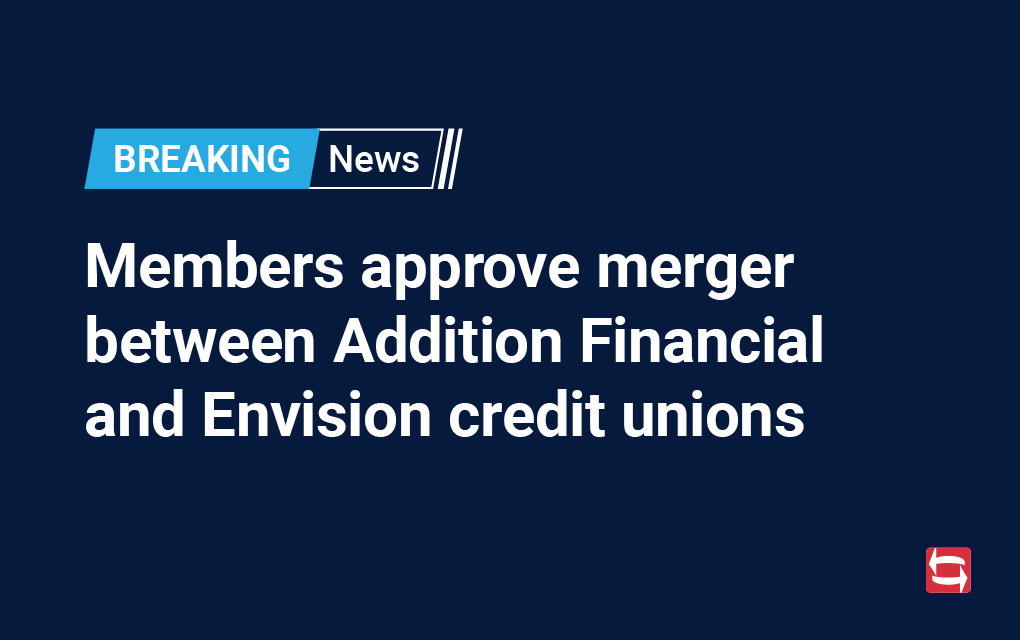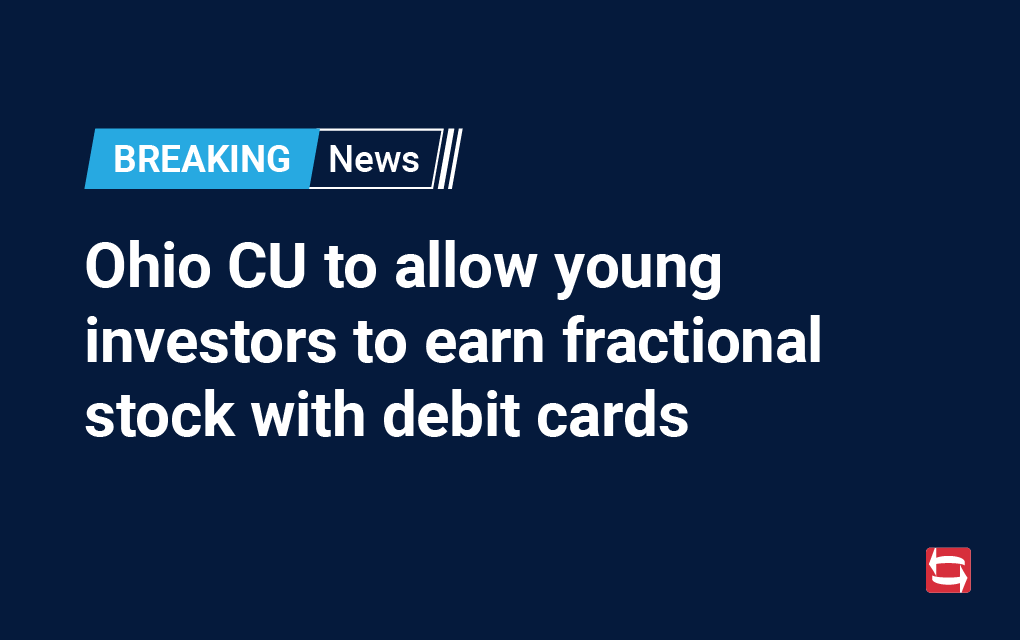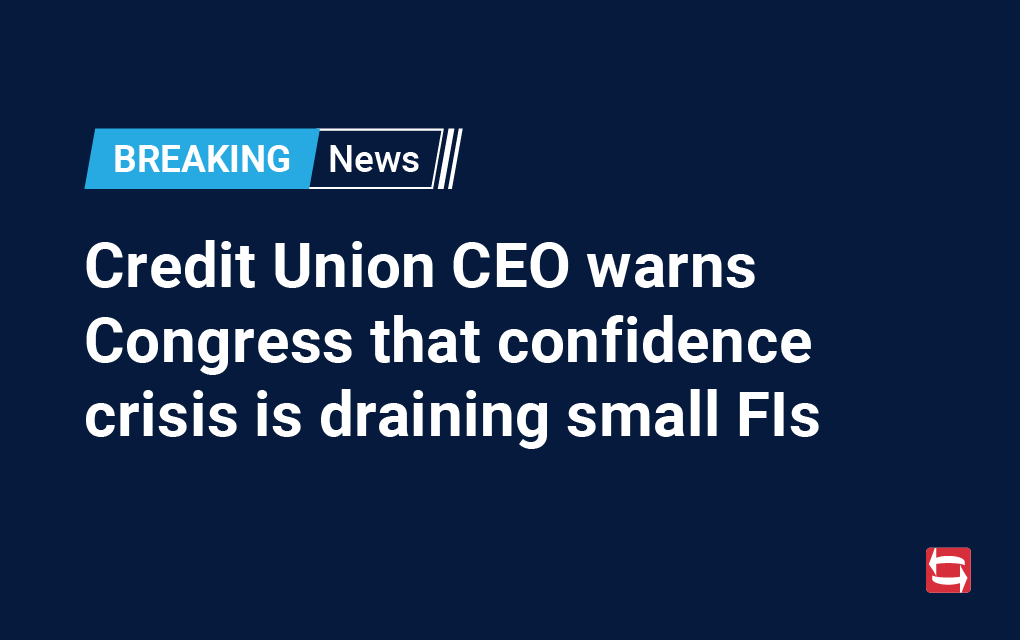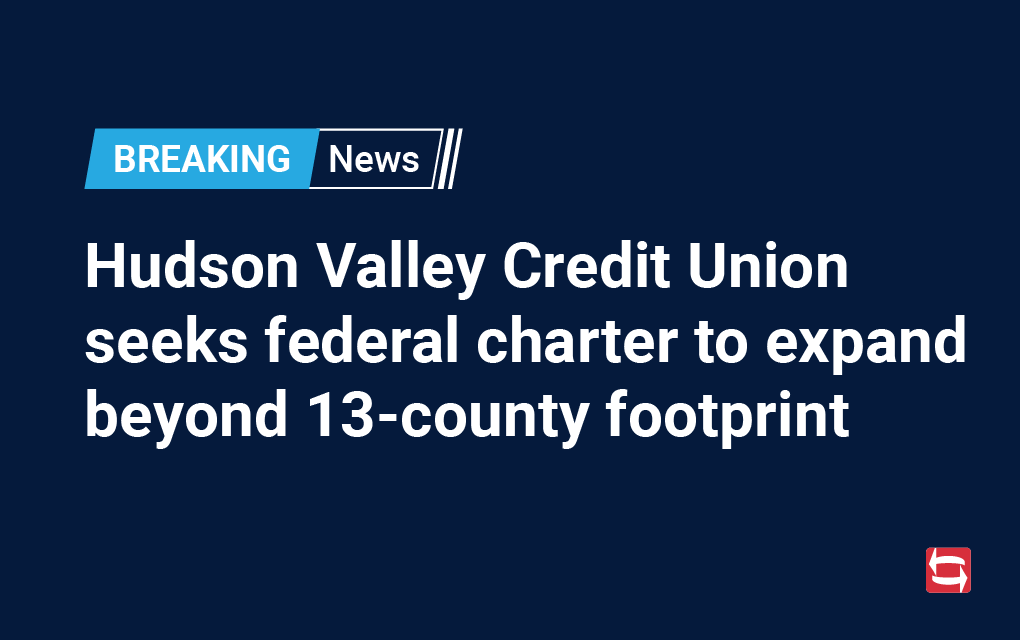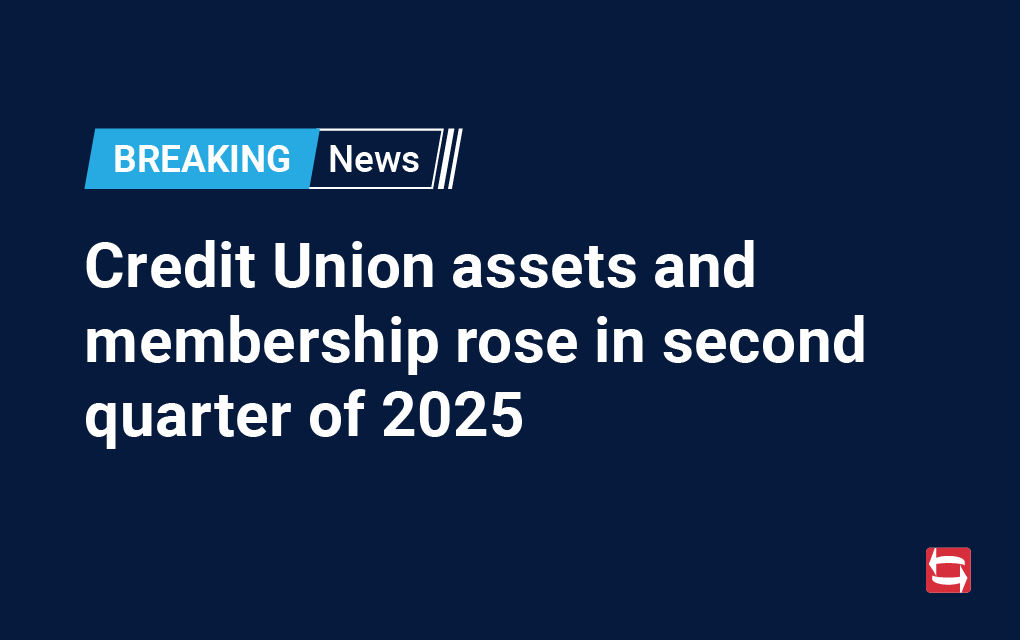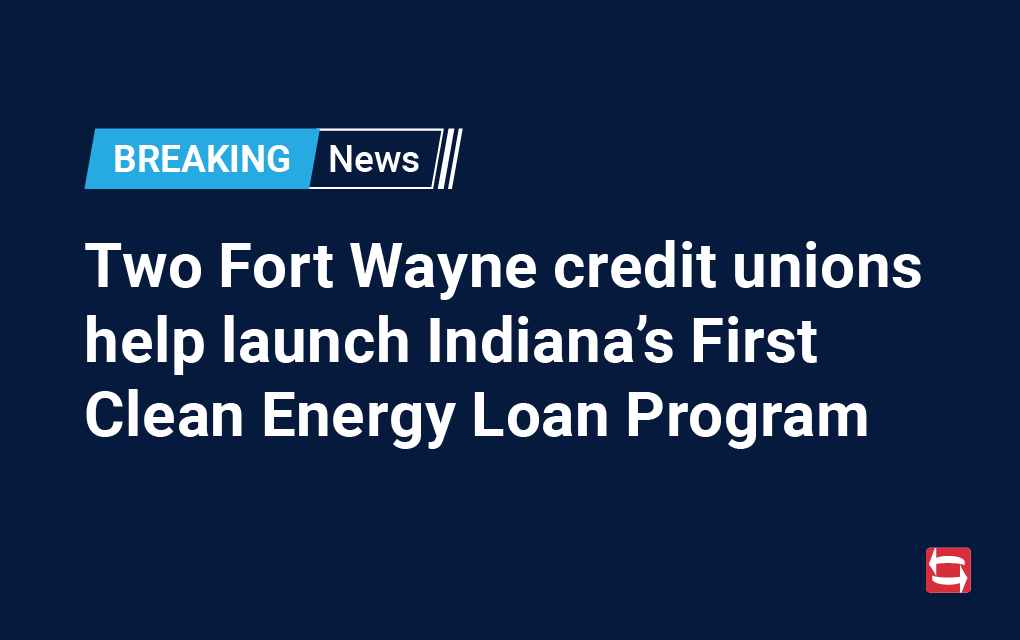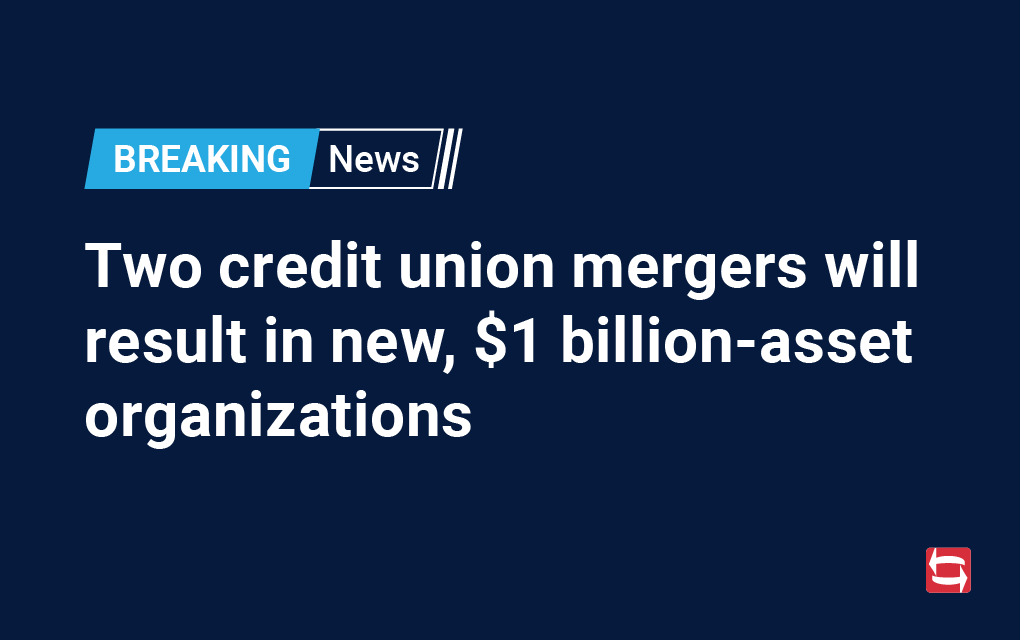
Interest rates, competition hampering auto lending for U.S. credit unions
Loan balances for new cars are flirting with levels not seen since the COVID-19 pandemic.
New-auto loan balances for U.S. credit unions fell 3.2% through May, significantly below the 1.3% increase reported during the first 5 months of 2023, according to a new report from TruStage.
On a seasonally-adjusted annual rate, new-auto loan balances fell 3.9% in May, the slowest pace since the spring of 2020.
Vehicle loans typically account for roughly a third of credit unions’ lending portfolios, making any dropoff a potential problem for institutions that are active in the market.
TruStage, formerly known as CUNA Mutual Group, said that despite higher interest rates, a healthy labor market and above-average wage growth are allowing consumers to purchase new vehicles. That is especially true for those who chose to put off buying a new vehicle during the last two years because of low inventory and sky-high new-vehicle prices.
But vehicle sales fell to a 15.3 million seasonally-adjusted annualized sales rate in June – down 4% from April, and 5% below the 16.1 million sales pace set in May 2023. Much of that was due to a cyberattack on CDK Global that disrupted operations at 15,000 auto dealerships across the U.S.
“Expect new-auto sales to approach its 16.5 million inherent demand in the first half of 2025, due to lower interest rates, falling prices and an ongoing healthy labor market,” said Steve Rick, chief economist for TruStage. “The biggest downside risk to auto sales and lending would be an economic slowdown that reduced consumer spending on new vehicles.”
TruStage, an insurance and financial services company that monitors the credit union industry, said credit union new-auto loan balances fell 0.1% in May, below the 0.1% gain reported in May 2023.
The month of May is historically the beginning of the new-auto lending season, so Rick said he expected a credit union lending turnaround.
But higher interest rates and increased competitive pressure from captive finance companies has reduced new-auto lending at credit unions, the firm said.
“The biggest downside risk to auto sales and lending would be an economic slowdown that reduced consumer spending on new vehicles.”
– Steve Rick
Chief Economist
TruStage

